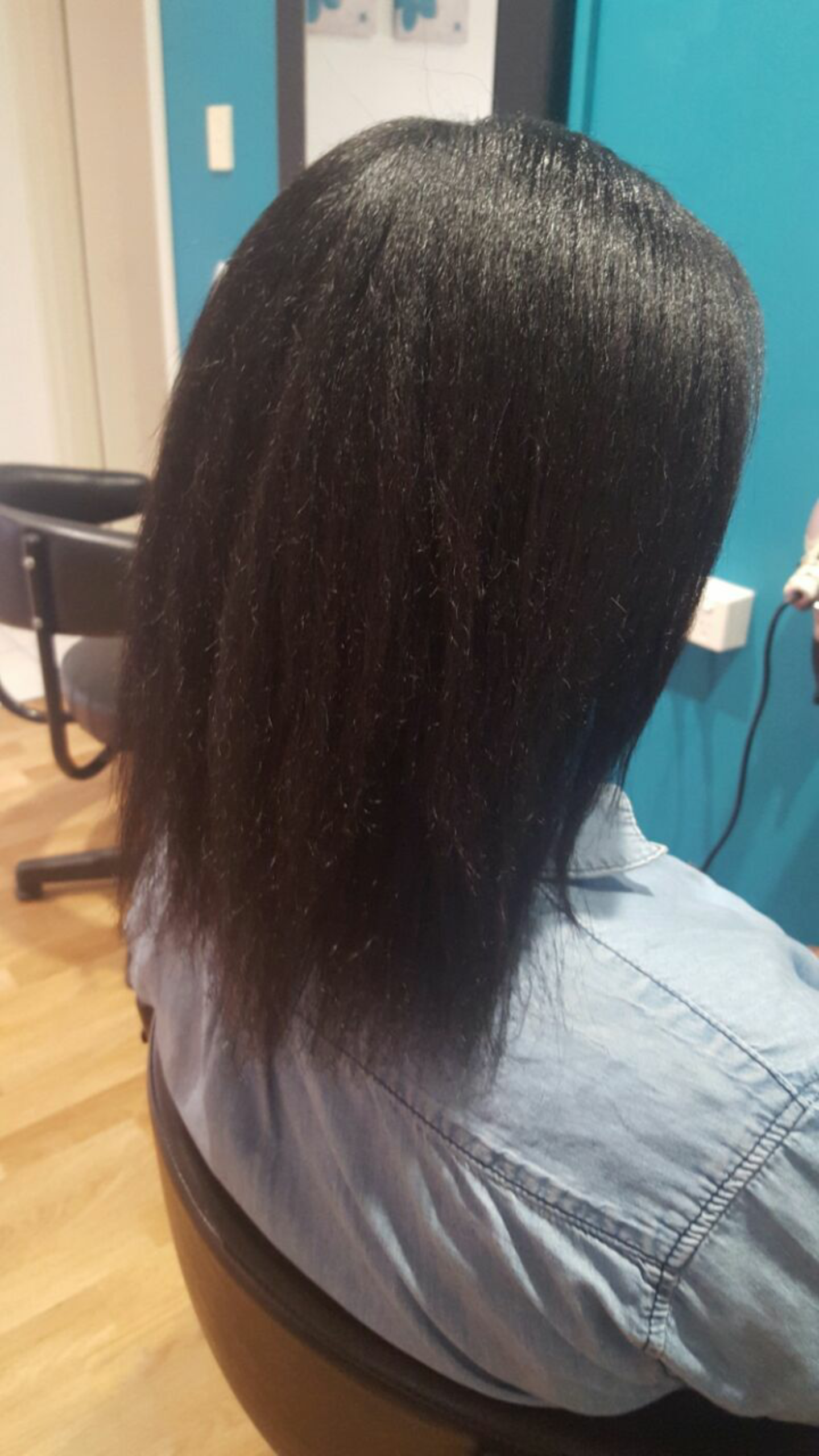Hair Basics 101.

The long-awaited response to “what do you use on your hair” – a mix of dough draining products and countless wash days 4 years and still!
And while I’d like to highlight the petty moments in between shedding and silk presses gone wrong, it’s the other ones that have taught me patience and resilience. The ones that have me braiding matutas at 1 am because your boss doesn’t think afros are professional. And that coconut oil really isn’t who she thinks she is!
Here’s what I know so far;
The truth about sulfates, parabens, and silicon and why they are dubbed ‘bad’ for your hair.
- Sulfates are what causes shampoos to lather. They are designed to strip the hair and scalp of natural oils. Because of this, the scalp retains less moisture making it dry, frizzy, and itchy.
- Parabens act as a preservative with only 1% or less being used in hair products. This is not enough to affect one’s body’s cells. Studies have shown that some parabens can mimic the activity of the hormone estrogen in the body’s cells, and while estrogenic activity is associated with breast cancer.
- Silicons are bad and good. The good ones are water-soluble and bad ones are non-water soluble. They seal the hair strand like a protective layer and that imparts shine. They also make detangling easier. The problem is the buildup they create that needs to be washed away and that usually means a clarifying shampoo or one with sulfates.
So how do you get started?
Identifying any ingredient list can be intimidating, so I made a simple checklist of what to look out for
- When it comes to sulfates SLS and ALS are the harshest. Look out for Sodium lauryl sulfate (SLS), Sodium laureth sulfate (SLES), Ammonium lauryl sulfate (ALS), Ammonium laureth sulfate (ALES).
- Silicons are the easiest to identify as they end with ‘cone’. Look out for Dimethicone, Amodimethicone, Cyclomethicone, Cetyl Dimethicone, Cetearyl Methicone, Dimethiconol, and Stearyl Dimethicone.
- Parabens are a little trickier to notice. While the most common parabens also have “paraben” in their name—butylparaben, methylparaben, and propylparaben. They can also be listed as Alkyl para hydroxy benzoates.
Does this mean that you should avoid these ingredients completely? Absolutely not. It’s important to study and understand your hair needs and nourish it as required.